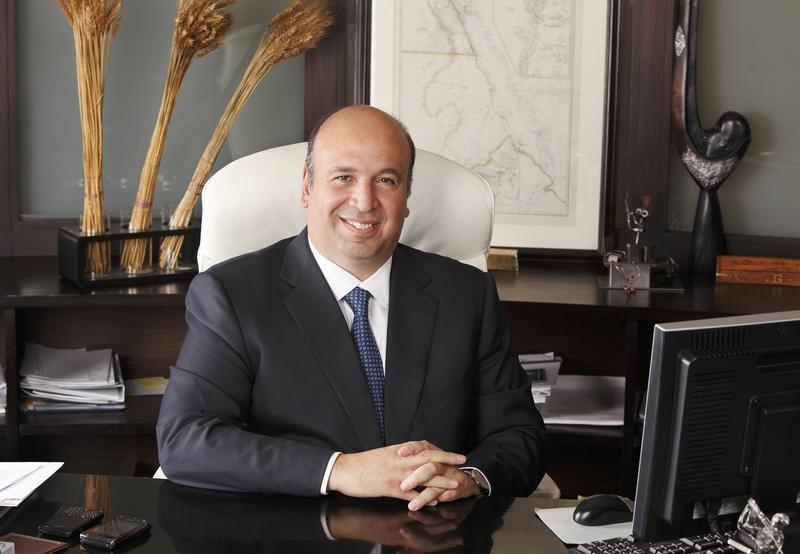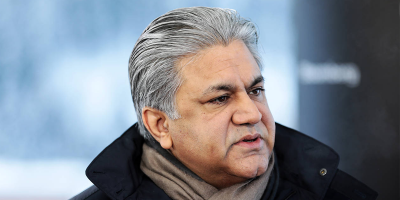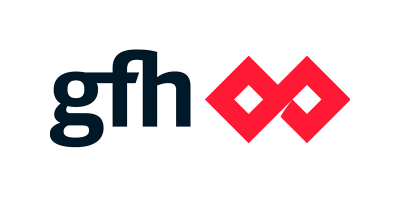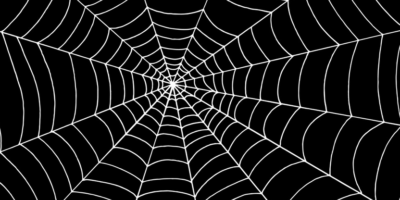Given Abraaj was a catastrophe for Middle East Private Equity, is it too soon to pull out another specimen for cross examination?
Just 4 hours flying time from Dubai finds us in the bustling streets of Cairo, home to Qalaa Holdings (formerly known as Citadel Capital).
A veteran of EFG Hermes, the founder, Ahmed Heikal, started Citadel Capital in 2004, around 2 years after Abraaj began.
Their business model is best described by the following excerpt from their 2009 annual report.
Citadel Capital deploys a hybrid business model that incorporates aspects of a traditional investment firm with characteristics of an asset manager. As a principal investor, Citadel Capital contributes 10-20% of the equity in each of its funds, with the balance being third-party money from leading MENA and global limited partners.
As a result, the firm generates revenues from two different streams: Through capital gains on its principal investments as well as from the asset management side of the business, where the firm earns an advisory fee on assets under management as well as a carried interest over a hard hurdle on the capital gains it makes for the LPs in its Opportunity-Specific Funds.
The diagram below further illustrates this model. For some reason Citadel Capital chose to adopt a slight variation of the conventional GP/LP private equity model.
The model however was in many ways similar to Abraaj. A HoldCo would put some equity in a transaction and other investors were brought in to take up the rest of the equity, though each fund in this case typically invested in a single company. There are lots of questions around governance, valuation and alignment of interest here, but that’s a topic for another article.
As with most Private Equity firms in the region, their earliest years were their best.
Although Citadel celebrated a few wins they spent even more of their time scooping up dozens of companies across a variety of geographies. By the end of 2009, Citadel Capital counted no less than 19 companies under its ownership.
After the global financial crisis Citadel Capital decided to give investors in the HoldCo some liquidity through a listing on the Egyptian Stock Exchange in December 2009.
In doing so, Citadel Capital became a permanent capital vehicle that could also provide liquidity to those that needed it. However investors were soon to find that such liquidity came at a huge discount to claimed intrinsic value.
Shortly after, Citadel re-branded to be known as Qalaa Holdings. As a public company, we’re now able to examine its audited financial statements to see exactly how its been doing.
Performance
Qalaa’s Net Income over the past 10 years since 2008 reads as follows (all in Egyptian Pounds).
|
2017: -5.95 bn |
|
2016: -5.64 bn |
|
2015: -1.23 bn |
|
2014: -1.37 bn |
|
2013: -0.39 bn |
|
2012: -0.07 bn |
|
2011: -0.11 bn |
|
2010: -0.30 bn |
|
2009: +0.21 bn |
|
2008: +0.02 bn |
In summary, Qalaa Holdings has lost money in 8 consecutive years, generating a cumulative loss of over USD 1bn using exchange rates at the time.
Over this period the share price also tumbled, falling -60% in the span of 8 years. The shares consistently traded at a substantial discount to what Citadel believed was intrinsic value, further penalizing anyone that wished to sell.
To add insult to injury, existing shareholders were also massively diluted through capital increases in 2014 and 2015. In total, Qalaa Holdings raised an additional EGP 5.3bn (USD 700mn) in new equity capital since listing.
As a further kick in the teeth, the Egyptian Pound (one of the world’s worst stores of value) also depreciated -60%, compounding investor losses.
In light of such incredible destruction of shareholder value, investors should find it less than amusing that in the last 5 years alone, Qalaa Holdings has managed to pay out over USD 70mn from its operations in “consultancy fees” to various parties. If these payments are to unrelated parties, then it begs the question: what exactly is management’s value contribution?
Furthermore, Citadel Capital Partners (controlled by Ahmed Heikal), is the largest single investor (~25%) in Qalaa Holdings, and earns a 10% fee on any annual Net Income generated by Qalaa Holdings. Although the past 8 years have seen no profits (just consistent losses), the next fee payment will occur as soon as Qalaa Holdings turns profitable.
The shocking part is there is no indication that accumulated losses, shareholder dilution or a “high watermark” of any kind are considered.
With one of their largest holdings, the Egyptian Refining Company, looking to become operational in 2019, Heikal and his team are set for an even bigger pay day.
Conclusion
Perhaps the Middle East needs to revise its naming conventions. Qalaa (which means Fort in Arabic) and Abraaj (which means Towers) are a far cry from being bastions of capital growth. They have though, managed to grow the pockets of their sponsors, as their investors, deluded and fatigued, placate themselves with denial.
Both firms have failed to live up to their grandiose names. Instead they’ve written themselves two new chapters of Middle East financial folly.
Welcome to Private Equity in the Middle East…








Leave a Reply